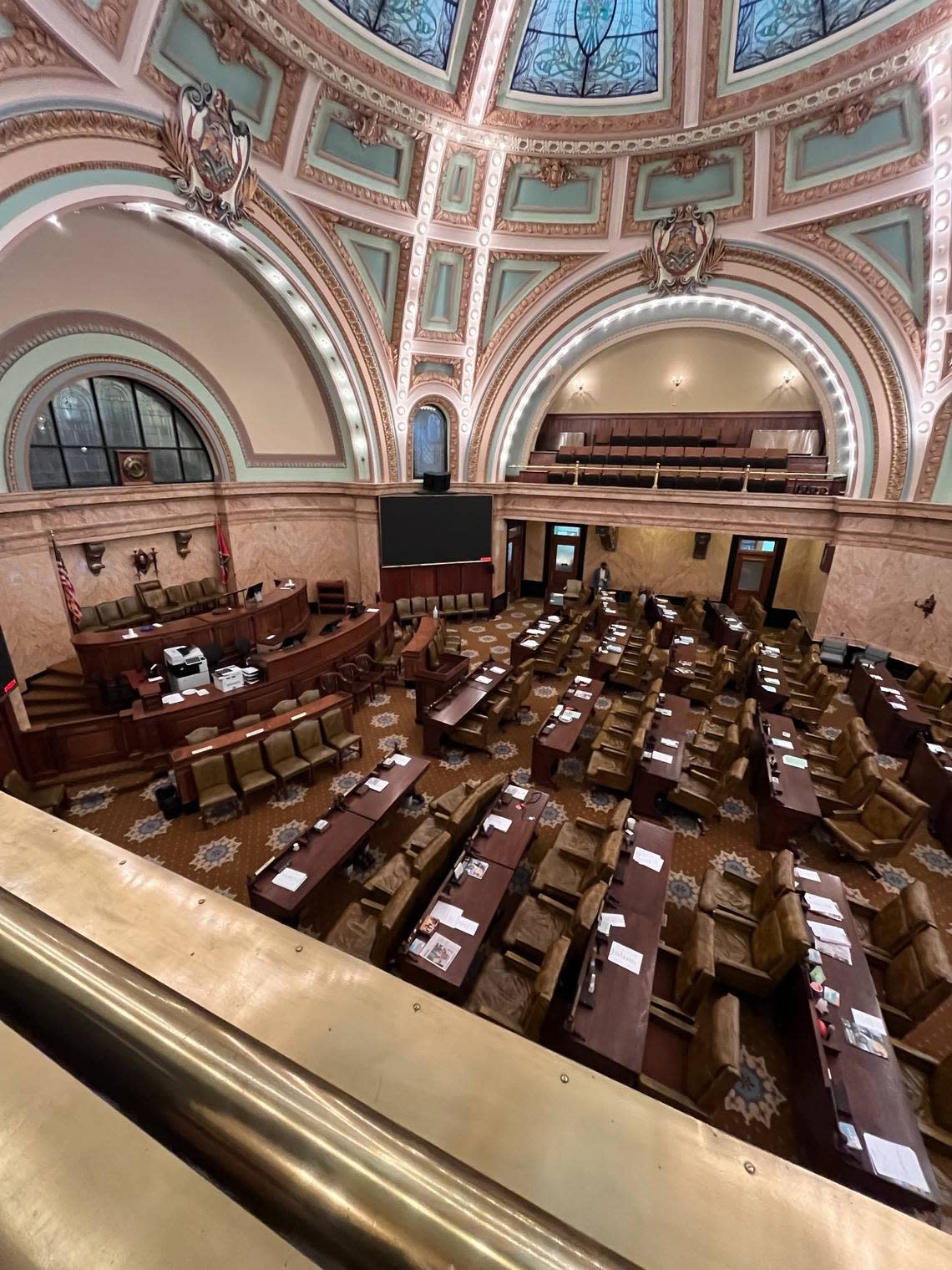If you didn’t like Mississippi’s old school funding formula, you might not like new one

House and Senate members often adjourn a legislative day in memory of a constituent or other well known person who recently died.
On the day the Mississippi House took its final vote to adopt a new school funding formula, Rep. Karl Oliver, R-Winona, asked “to adjourn in memory of the Mississippi Adequate Education Plan…the failed plan.”
Oliver continued: “It has always failed and never met its expectations. Today we laid it to rest.”
House Speaker Jason White, R-West, gleefully responded that all House members might want to sign onto Oliver’s adjourn in memory motion.
Of course, the Senate went on to pass the bill rewriting the Adequate Education Program and Gov. Tate Reeves, a long-time opponent of MAEP, signed the legislation into law this week, no doubt stirring much celebration for folks like Oliver and White.
But for those celebrating the demise of MAEP, be warned with a paraphrased song lyric: Meet the new school funding formula, same as the old school funding formula.
The core principle of the Mississippi Adequate Education Program lives in the new funding formula, named simply the Mississippi Student Funding Formula.
Like MAEP, the new formula uses an objective formula to determine the base student cost (amount of funding per student) and provides that amount of money multiplied by school enrollment or attendance to each local school district.
And here’s the kicker: Like MAEP, the Mississippi Student Funding Formula mandates that the Legislature appropriate that amount of money annually to each local district.
The new law states plainly, “Base student cost shall not be lower than the previous year.” So that means the new law mandates lawmaker provide enough funds to pay for what will likely be an ever increasing base student cost or, if they don’t want to fully fund education, they have to hope enrollment drops or they simply do like they did with MAEP and not follow the law. The new law does provide a small loophole, saying when a revenue shortfall is so severe that state budgets must be cut, education also can be reduced.
But the new law goes on to say, “If the total revenue increases the following year, the formula shall be recalculated or increased.” Just like MAEP, the amount of money called for by the formula is adjusted yearly for inflation. And it is recalculated every fourth year, meaning unless there are unusual circumstances the formula will generate more money for education each year.
For years, many politicians, including the governor, argued that the state could not afford MAEP’s objective funding formula. So, while cutting taxes by more than a billion dollars annually, legislators chose to ignore the law saying MAEP “shall” be fully funded. At the same time those tax cuts were being enacted, many legislative leaders, led by then-Lt Gov. Reeves and former Speaker Philip Gunn, were trying to replace MAEP because they said it was too expensive.
During the 2024 session, new Speaker Jason White and House Education Chair Rob Roberson, R-Starkville, pulling significant help from Reps. Kent McCarty and Jansen Owen, said they wanted to rewrite MAEP not because it sent too much money to the public schools, but because it did not send enough money to poorer school districts. And, granted, the new plan has several features that help poor and at-risk students.
But the House plan, which was nearly identical to a funding formula developed by advocacy groups who support sending public funds to private schools, did not include an objective funding formula. Senate Education Chair Dennis DeBar, R-Leakesville, said it allowed the Legislature to determine “willy nilly” the amount of money to send to public schools.
DeBar and Lt. Gov. Delbert Hosemann were not among the group of legislators who opposed the objective funding formula. A matter of fact, they said they would not agree to rewrite MAEP unless the new method of sending money to public schools also was arrived at objectively. DeBar and Senate staff essentially developed the new objective formula that was placed into the House’s formula rewrite.
In the haste and zeal to replace MAEP, politicians who did not like the objective formula agreed to adopt, gulp, a new objective funding formula — one that provides a little less money than MAEP, but still a significant amount and still with a mandate for the Legislature to provide that amount of funds each year.
In a lawsuit challenging the Legislature for not fully funding MAEP, the state Supreme Court ruled in 2017 that “shall” did not actually mean shall. In other words, the justices ruled that legislators did not have to fully fund MAEP even though the law said they “shall” do so.
When and if the new Mississippi Student Funding Formula is not fully funded, maybe the Supreme Court will get another chance to rule on whether legislators have to follow the laws they pass.
This analysis was produced by Mississippi Today, a nonprofit news organization that covers state government, public policy, politics and culture. Bobby Harrison is Mississippi Today’s senior Capitol reporter

